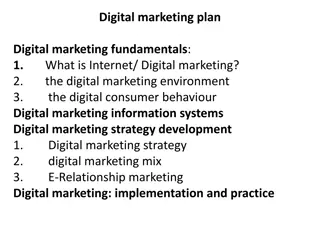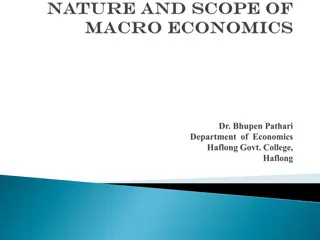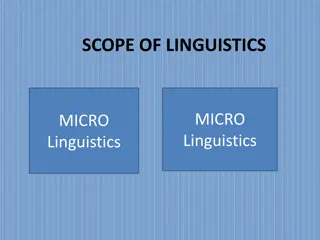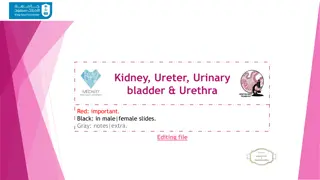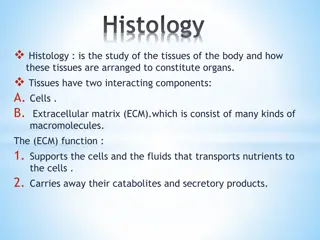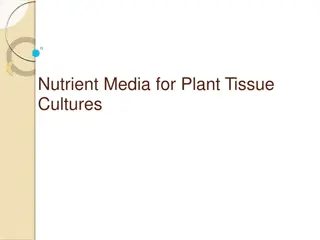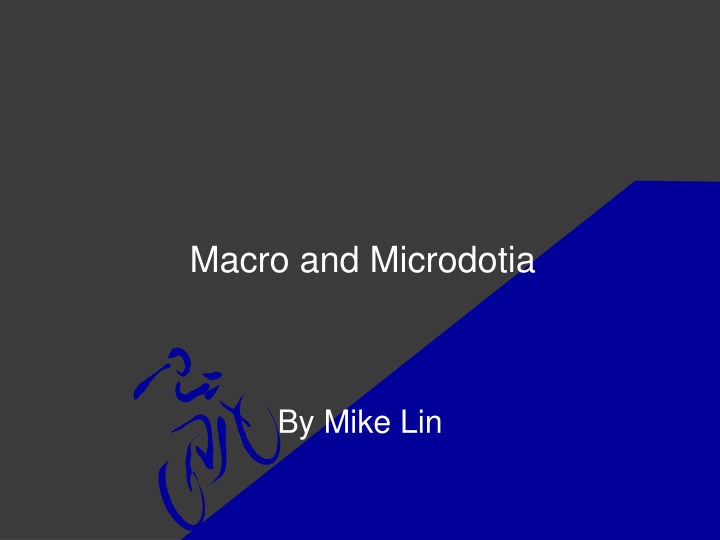
Macro and Microdotia: Causes, Types, and Impacts
Explore the fascinating world of macro and microdotia, conditions that affect tooth size. Learn about their etiology, associated diseases, and dental impacts. Discover when these conditions occur and the role of the dental team in their treatment.
Download Presentation

Please find below an Image/Link to download the presentation.
The content on the website is provided AS IS for your information and personal use only. It may not be sold, licensed, or shared on other websites without obtaining consent from the author. If you encounter any issues during the download, it is possible that the publisher has removed the file from their server.
You are allowed to download the files provided on this website for personal or commercial use, subject to the condition that they are used lawfully. All files are the property of their respective owners.
The content on the website is provided AS IS for your information and personal use only. It may not be sold, licensed, or shared on other websites without obtaining consent from the author.
E N D
Presentation Transcript
Macro and Microdotia By Mike Lin
Microdontia Presence of usually small teeth
Etiology Heredity is the major factor, both genetic and environmental incluences affect the size of developing teeth. Microdontia :Down syndrome, Pituitary dwarfism, Macrodontia :Pituitary gigantism, Hemifacial hyperplasia Maternal intrauterine influences Deciduous teeth more Environment affect Permanent teeth more.
Disease involved Microdontia Congenital hypopituitarism Ectodermal dysplasia Down syndrome Marshall syndrome Rieger syndrome Focal dermal hypoplasia Silver-Russell syndrome Williams syndrome Coffin Siris syndrome Salamon syndrome Microdontia Rabson-mendenhall syndrome Pituitary gigantism. small jaws Fusion and germination that cause enlarged crowns KBG syndrome
Macro and Microdotia Types True generalized Extreme rare, all teeth are affected. Relative generalized Jaw are larger or smaller than normal. Localized Maxillary lateral incisor and Third molars are commonly affected.
Dental impact Microdontia Cosmetic concern Cyst formation ( if unerupted) Macrodontia Crowding Malocclusion Impaction
Role of Dental team & treament Treatment of the dentition is not necessary unless desired for aesthetic considerations. Maxillary peg laterals often are restored to full size by porcelain crowns


